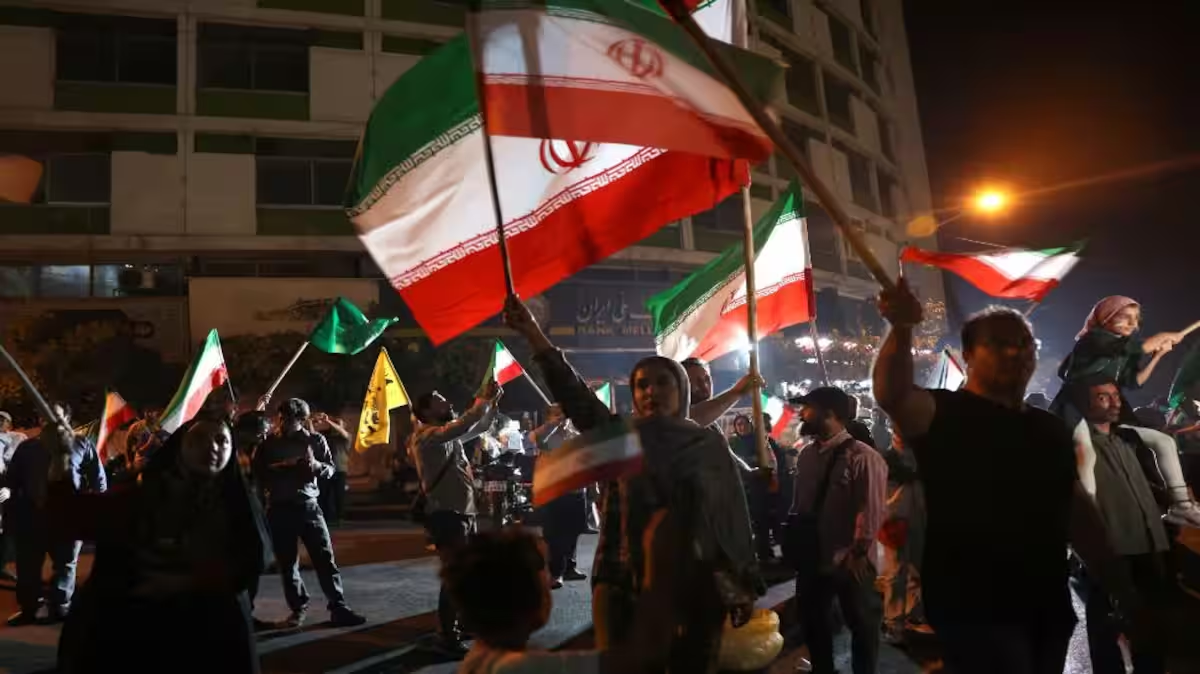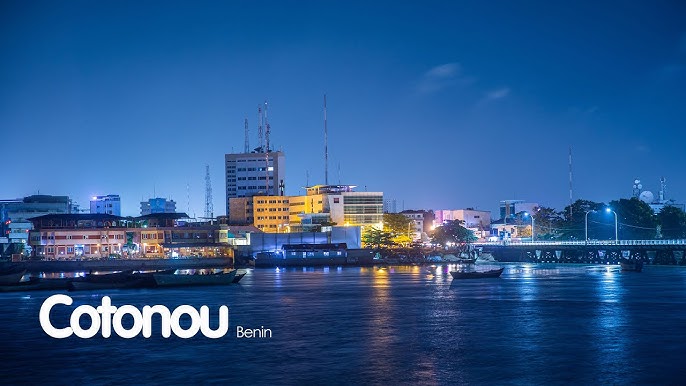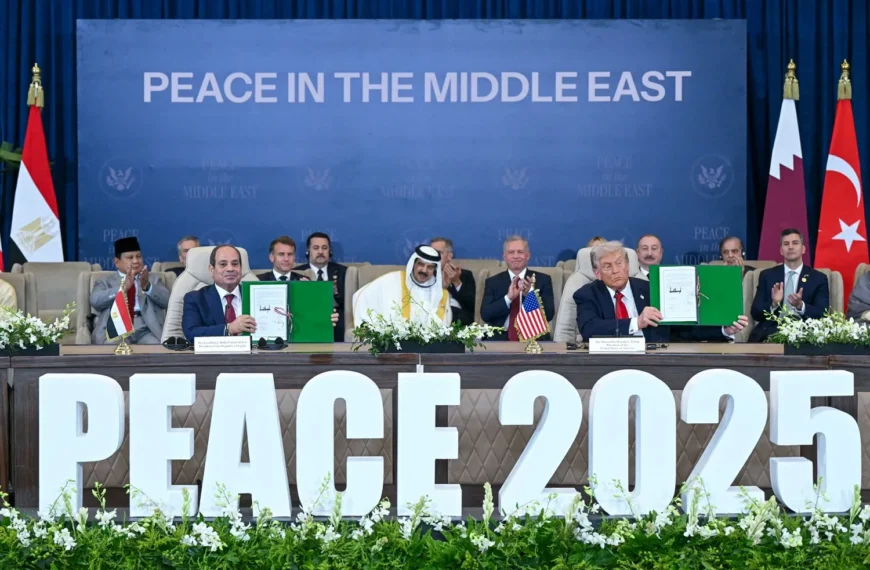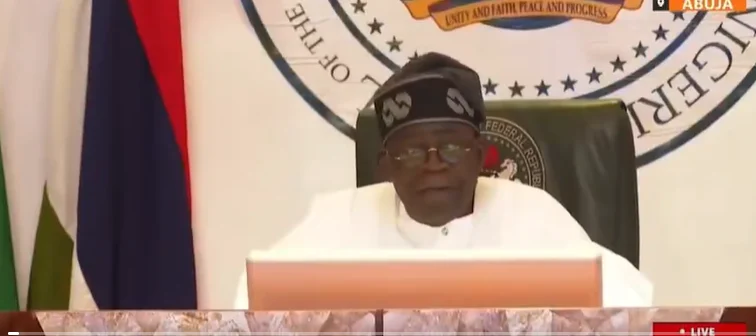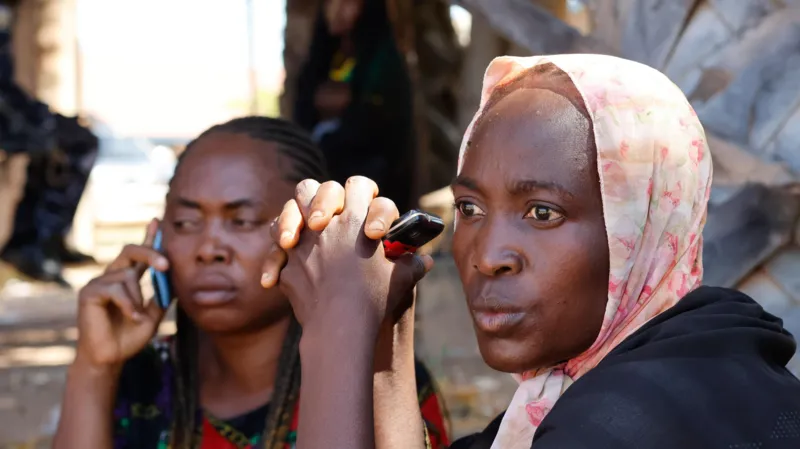June 24, 2025 — A fragile ceasefire between Israel and Iran took effect following a rapid escalation in hostilities that threatened to drag the broader Middle East into deeper conflict. The announcement came after mediation efforts led by former U.S. President Donald Trump, Israeli Prime Minister Benjamin Netanyahu, and Qatari diplomats.
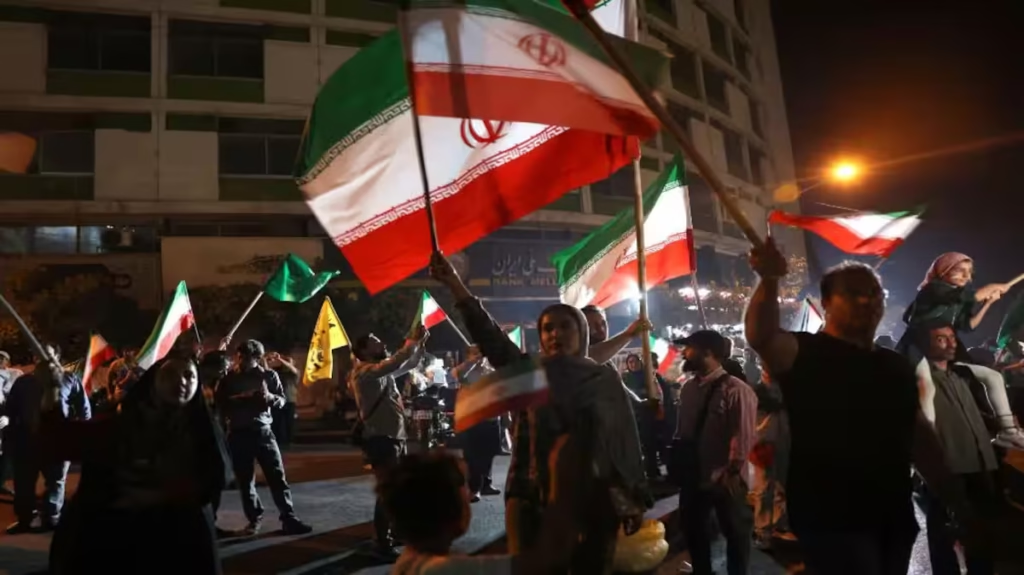
Netanyahu confirmed that Israel accepted the ceasefire following what he called the “successful degradation” of Iran’s missile and nuclear infrastructure. Iranian officials signaled conditional acceptance, stating they would adhere to the truce if Israel did the same. The ceasefire follows nearly two weeks of missile exchanges, drone strikes, and regional tension that left hundreds dead and thousands displaced, particularly in Tehran and surrounding areas.
Markets reacted swiftly to the announcement. Oil prices dropped sharply — West Texas Intermediate fell 3.2 percent, while Brent crude dropped 3.4 percent — and U.S. stock futures rose, signaling optimism about a temporary de-escalation in the region. However, security analysts caution that the truce remains unstable. Retaliatory strikes, violations by proxies such as Hezbollah, and threats near strategic waterways like the Strait of Hormuz continue to pose risks.
Heat Dome Engulfs U.S. East Coast
While diplomatic efforts dominate international headlines, much of the United States is facing an unprecedented climate emergency. Over 150 million Americans are under heat advisories due to a massive “heat dome” spanning the Eastern Seaboard. Cities from New York to Washington, D.C., have recorded temperatures above 100°F (38°C), with some areas expecting sustained heat through the end of the week.
A heat dome forms when a stationary high-pressure system traps hot air, preventing cooler weather from moving in. The result is extended periods of dangerously high temperatures, increased humidity, and elevated health risks such as heat exhaustion and respiratory complications. In St. Louis, extreme heat has already caused roadways to buckle. Officials are urging residents to stay indoors, limit physical activity, and remain hydrated.
This weather event follows an earlier deadly heat dome that struck Mexico in May, causing at least 150 deaths and widespread infrastructure failure. Scientists link the growing intensity and frequency of such events to climate change, and call for enhanced adaptation strategies to protect vulnerable populations.
Other Global Developments
- Tehran Displacement: The recent hostilities prompted tens of thousands of residents to flee the Iranian capital, seeking refuge in northern provinces. Blackouts, fuel shortages, and damage to public services have compounded the humanitarian situation.
- Gaza Flotilla Intercepted: A British-flagged humanitarian flotilla, led by the vessel Madleen and carrying activists including Greta Thunberg, was intercepted by Israeli forces last week. Supplies were seized, and the crew deported. The convoy aimed to break the blockade and deliver aid to Gaza.
- NATO Summit in The Hague: Western leaders are convening in the Netherlands this week to discuss collective defense priorities. NATO Secretary-General Jens Stoltenberg has urged member states to increase military spending, with new targets proposed at 3 to 5 percent of GDP in response to rising global instability.
- Proxy Activity Persists: Despite the Iran-Israel ceasefire, hostilities continue on other fronts. Israeli airstrikes have targeted Houthi positions in Yemen and Hezbollah assets in southern Lebanon, raising fears of a broader proxy war.
Outlook
The ceasefire between Israel and Iran represents a momentary pause rather than a resolution. Sustained peace will require coordinated diplomatic engagement, particularly through intermediaries like Qatar and the European Union. Meanwhile, the U.S. and countries across the globe face mounting challenges from extreme climate events, highlighting the need for both international cooperation and domestic preparedness.
Both the geopolitical and environmental fronts will remain volatile in the weeks ahead, demanding continued attention from policymakers, humanitarian organizations, and the global public.

